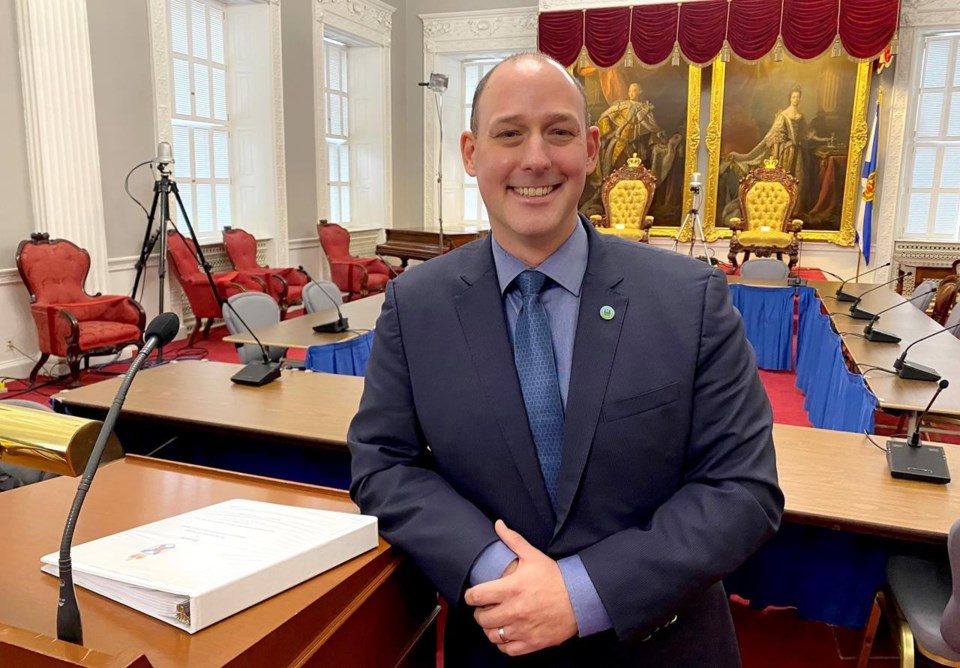HALIFAX — The Nova Scotia government is updating its air quality regulations as the province conducts an environmental assessment for one of its first green hydrogen and ammonia projects.
Environment and Climate Change Minister Tim Halman told reporters Thursday he intends to implement new air quality regulations this year and that considerations for creating limits on ammonia are a “key factor” in that process.
“This is another example of where we adapt as we go with this new industry,” Halman said, adding that the province released its new regulations for green hydrogen in early December.
EverWind Fuels, the company trying to build Atlantic Canada's first green hydrogen and ammonia facility, noted in its registration documents that Nova Scotia does not provide guidance limits for ammonia.
Without provincial regulations, EverWind referred to ammonia guidance from Ontario’s air pollution regulations in its registration to Nova Scotia. The company applied for an environmental assessment Dec. 9 for its proposed project in Point Tupper, N.S.
Halman said that consultations on updating air quality regulations began in June and that discussions are ongoing with the Lung Association of Nova Scotia, medical experts and Nova Scotia Power, among other groups.
“With any new emerging industry, we want to have the strongest environmental protections in place,” he said.
EverWind’s goal for the Tupper Point facility is to use wind power to create ammonia by 2025. Then in 2026, that ammonia would be shipped to Germany, where it can be used as fuel to replace natural gas, or converted back into hydrogen.
The public is invited to comment on the proposed project until Jan. 19, and the Environment Department is expected to decide whether to grant the project conditional environmental assessment approval by Feb. 9.
While EverWind's Tupper Point project will likely be the first of its kind, the Department of Natural Resources and Renewables said it's aware of four hydrogen developers looking at export projects and that two are interested in domestic production and use.
This report by The Canadian Press was first published Jan. 6, 2023.
---
This story was produced with the financial assistance of the Meta and Canadian Press News Fellowship.
Lyndsay Armstrong, The Canadian Press


